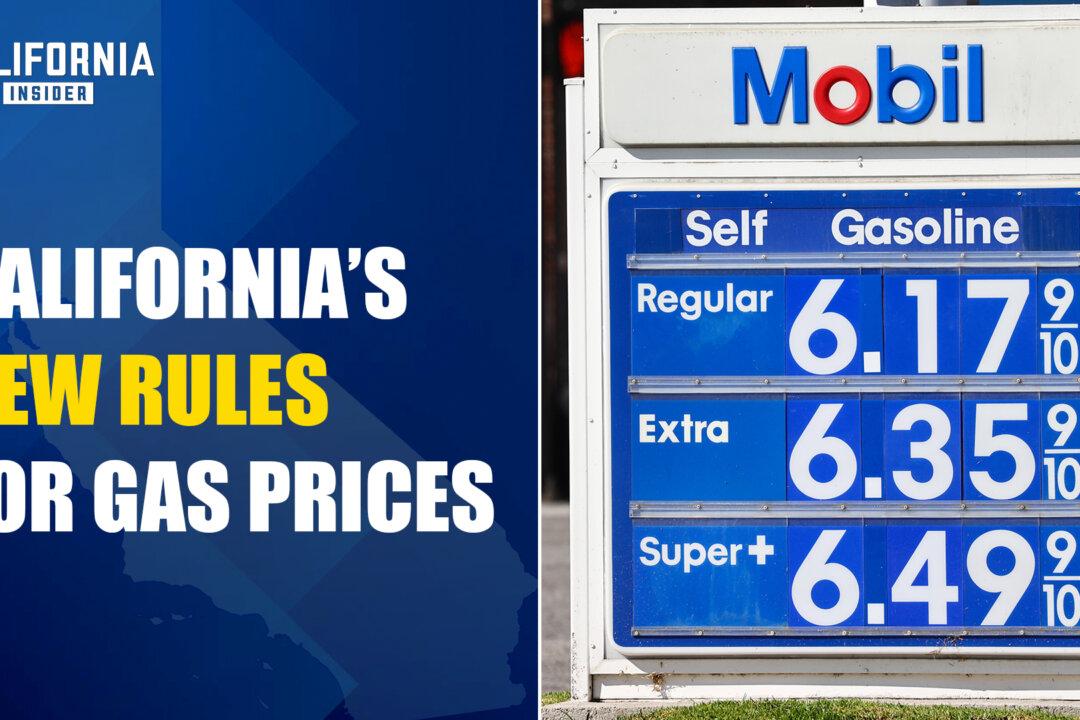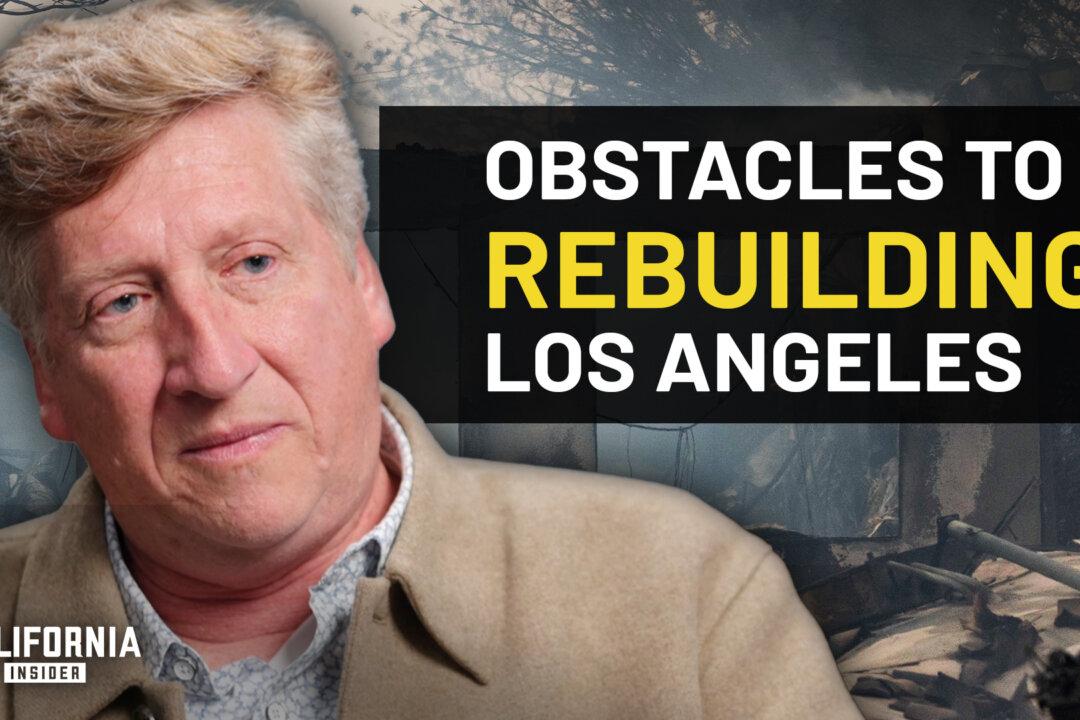0:00 - New Rules Could Increase Gas Prices by 50 Cents Per Gallon
2:19 - Why the State Wants to Raise Gas Prices
3:23 - California Wants Clean Air but Buys Solar Panels and EVs from China
4:33 - California Plans to Stop Domestic Oil Production
Amid escalating gas prices, California Assemblyman James Gallagher paints a stark picture of the state’s energy policies and their economic implications. His recent comments provide a deep dive into the regulatory and fiscal measures that may be driving up costs for Californians. This article unpacks these claims, assessing the broader context of California’s environmental ambitions against the backdrop of economic affordability.
Mr. Gallagher highlights two major programs contributing to the rise in gas prices: the Low Carbon Fuel Standard (LCFS) and the Cap and Trade system. According to him, an impending increase in the LCFS could hike gas prices by an additional 50 cents per gallon. The Cap and Trade program, already adding 30 cents per gallon, is set for renewal with potential increases on the horizon.
The LCFS, designed to reduce carbon emissions from transportation fuels, and Cap and Trade, which aims to lower greenhouse gases, are cornerstones of California’s strategy to combat climate change. However, Mr. Gallagher argues that these measures are economically burdensome and poorly timed, given the current cost of living crisis in California. This perspective raises valid concerns about the balance between environmental goals and economic impacts, particularly on lower and middle-income populations.
Another significant aspect of Mr. Gallagher’s critique is the state’s push towards electric vehicles as a cleaner alternative to gasoline-powered cars. The assemblyman contends that EVs are prohibitively expensive and that the existing power grid is insufficient to support widespread adoption. These are points that resonate with many Californians struggling with high living costs.
Moreover, Mr. Gallagher’s mention of the near-blackout incidents underscores potential vulnerabilities in California’s power infrastructure. Upgrading the grid to support additional electric vehicles will likely require substantial investment, possibly leading to higher utility bills for residents—a concern that merits serious consideration as California plans its energy future.
Mr. Gallagher’s argument extends beyond environmental and technological challenges to address broader socio-economic impacts. He suggests that these fiscal burdens could be contributing to a net migration out of California, as residents seek more affordable living conditions elsewhere. This claim taps into the ongoing debate about the state’s population dynamics and whether policy measures are in sync with the economic realities of its residents.
Furthermore, Mr. Gallagher criticizes the state’s global environmental partnerships, particularly with China, arguing that California bears high costs without sufficient reciprocity or benefits. This perspective invites a closer examination of California’s role on the global stage and whether its environmental leadership is yielding the intended economic and ecological dividends.
Assemblyman Mr. Gallagher’s concerns highlight a crucial debate within California: the intersection of environmental leadership and economic viability. While his perspective is just one of many in the state’s ongoing energy policy discussions, it underscores the need for a balanced approach that considers both the ecological imperatives and the economic well-being of all Californians.
As the state forges ahead with its ambitious environmental agenda, it must also address these economic considerations, ensuring that its path toward sustainability is both inclusive and affordable. Whether or not one agrees with Mr. Gallagher’s viewpoints, his observations are a valuable part of the conversation about how best to navigate the challenges at the intersection of environment and economy in California.







